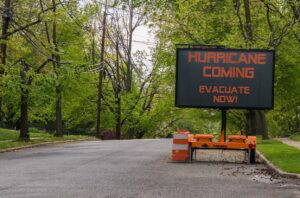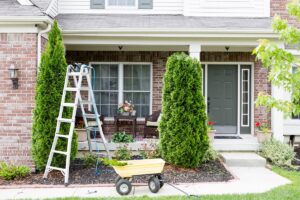Rising utility bills, rolling summer blackouts, and the drastic effects of climate change have led many to wonder, “What can I do to help lower my energy consumption at home?” You may be surprised to learn a home energy assessment can provide the answer.
A home energy assessment, AKA home energy audit or home efficiency assessment, is a comprehensive evaluation of the energy use of a home and provides recommendations to improve the home’s comfort, health, and safety.
“The assessment really helps you understand how your home is working and where its deficiencies are, as well as opportunities to save energy and money, says Steve Dunn, technology manager, Home Performance with ENERGY STAR.
We spoke with Steve and his colleague Scott Minos, who leads the Department of Energy’s Energy Saver Program. He shared what you need to know about a home energy assessment, why now is a great time to get one, and quick efficiency tips to help you jump-start your energy saving efforts at home.
When to schedule your home energy assessment
Home energy assessments are informative for homeowners of both existing homes and new construction, including ENERGY STAR certified new homes and apartments, which are independently inspected by a third-party energy rater to verify their energy performance
“For a new home, it provides you a baseline such as a Home Energy Score,” Scott said. “In existing homes, the assessments can be useful, particularly for older homes.”
“If you’re noticing rooms that are either too warm or too cold, high-energy bills, or indoor air quality issues such as high levels of dust in the home, those are all good indications that there are some issues that need to be addressed,” says Steve, who led national efforts to advance state clean energy and climate change policies and initiatives for the Environmental Protection Agency before joining DOE.
A home energy assessment can help to identify and prioritize functions that are costing you more money or creating safety issues.
“The home functions as a system, so there’s interaction between components,” says Steve. “When systems are updated or replaced or the home envelope is sealed and insulated, that could cause changes to things like moisture movement and indoor air quality.”
While a home energy assessment is not an annual need, homeowners may want to consider one if there’s a major improvement or change that could impact the performance of the home’s systems. Even homes built just a few years ago may not have the latest technology or meet the latest energy efficiency guidelines.
How to prepare for an energy assessment
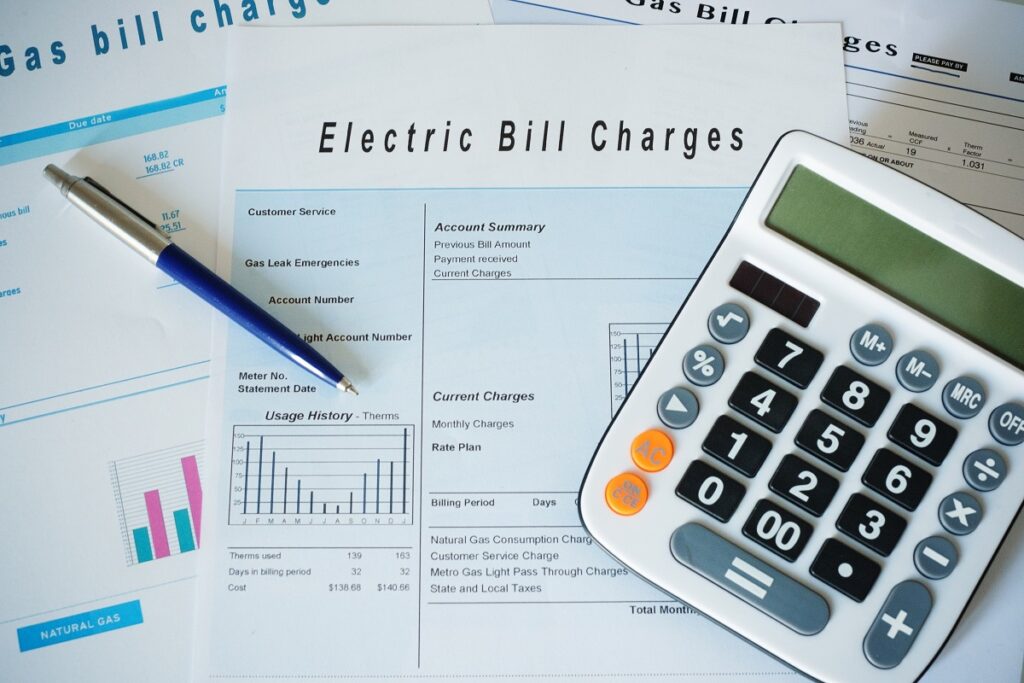
Prior to your appointment, homeowners should complete the following tasks:
- Prepare basic information for the assessor or energy auditor, including the number of people living in the home, occupancy patterns, typical set points for the thermostat(s), and any major improvements planned.
- Collect past energy bills to help the assessor benchmark and understand the historical energy consumption and types of fuels used in the home.
- Create safe access points to the different areas of the homes exterior and interior, including the mechanical systems, attic, basement and/or crawl spaces, and duct registers within individual rooms.
Depending on the complexity of the home and the number of systems installed, a home energy assessment typically takes one to three hours. A larger home or a home with multiple systems will take more time.
What to expect during a home energy assessment
“The assessment starts with an interview with the homeowner, and that’ll include a discussion to identify any specific issues in the home, such as comfort or drafts, and as well as the living patterns,” says Steve.
The assessor will then review the energy bills and the fuel consumption of the home before moving onto a visual inspection. This part will include the home’s exterior, interior, insulation levels, the condition of mechanical systems, drainage and ventilation, as well as any ceiling fans and kitchen or bathroom exhaust fans, and any whole house ventilation systems that may exist.
Potential diagnostic tests
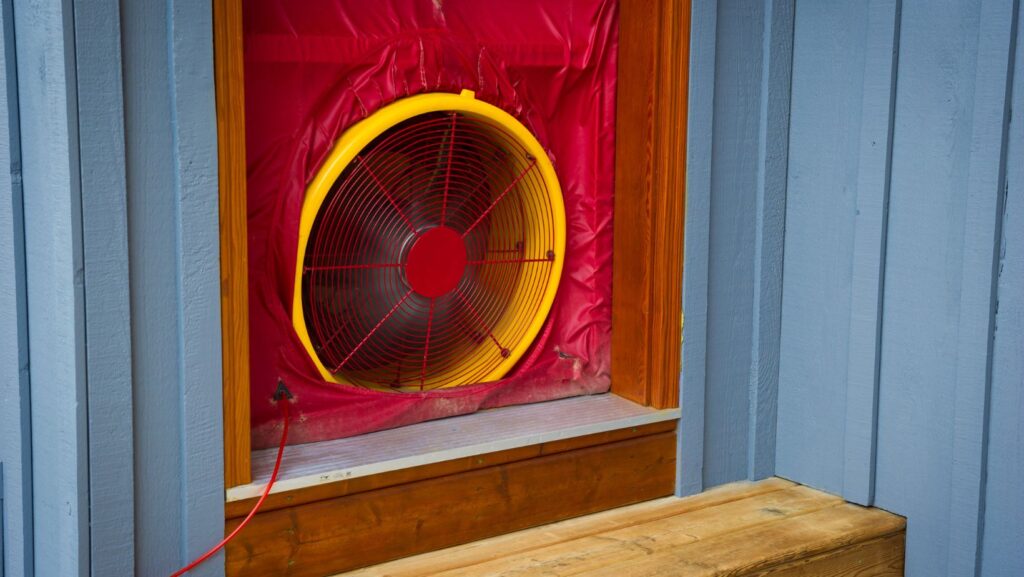
The assessor may also conduct a number of diagnostic tests, including:
- A blower door test, which measures the amount of air infiltration or leakage in the home.
- A thermographic scan with an infrared camera, which identifies areas of air leakage, such as areas around windows and doors as well as walls, floors, attics, and other spaces.
- Combustion appliance zone (CAZ) testing to ensure that appliances using gas, propane or other thermal fuels vent properly, so there isn’t any potential carbon monoxide hazards in the home.
Energy assessments can also identify potentially any safety issues in the home, such as carbon monoxide from combustion appliances, electrical hazards, and minor or major natural gas leaks in the home.
Get energy-saving tips from your accessor
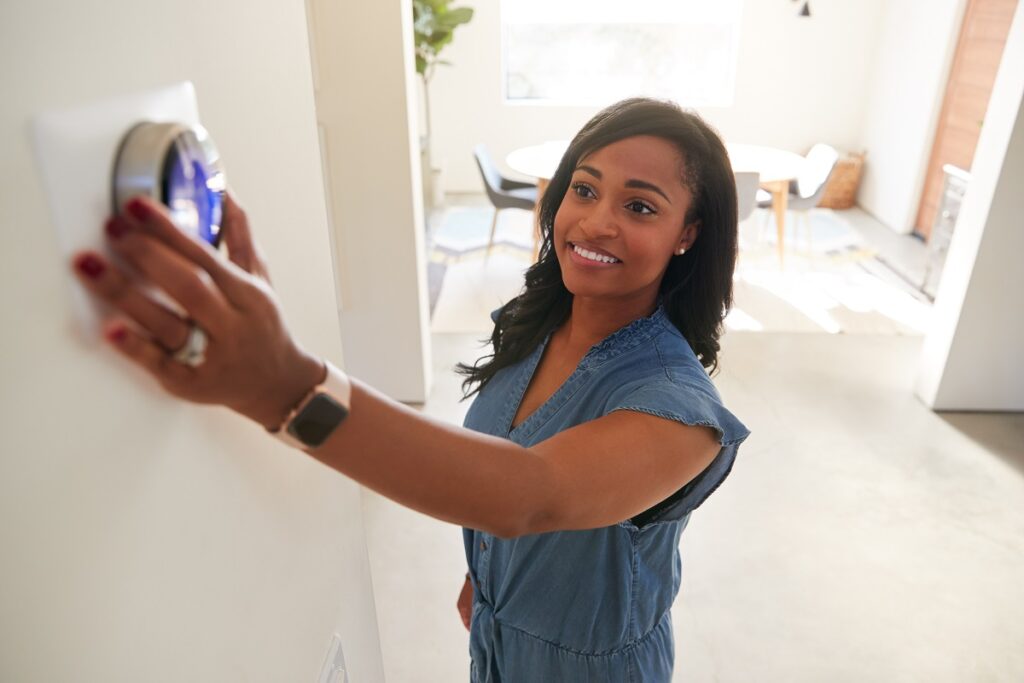
A home energy assessor not only analyzes your home systems and their functions, but also learns about the homeowners’ behaviors related to energy usage.
“The assessor will want to observe how the owners use the home, how they wash their clothes or whether they close blinds or use other window coverings, things of that nature,” says Scott. “They might have different kinds of input and advice based on just behavior.”
Some behavior-based recommendations may include washing clothes in cold water as opposed to hot or even warm water; adding window coverings to a certain part of the home; setting the thermostat at a certain degree, etc.
“This way, homeowners can understand their own energy conservation efforts and how their behavior can result in savings,” says Scott.
As a final step in a home energy audit, the assessor will use modeling software, including the DOE’s Home Energy Score tool or a third-party commercial energy software, to develop a prioritized list of recommendations for improvements. This will include any recommendations related to health, safety, and comfort, and prioritize the improvements based on the cost benefit to the homeowner.
Home energy audit cost and options
Home energy assessments generally range between $200 to $600, depending upon the specific tests completed. However, the Office of Energy Efficiency & Renewable Energy has a system that provides a home energy audit for less.
“The DOE Home Energy Score tool is on the lower end of that range,” says Steve. “It provides recommendations and typically takes less than an hour.”
EERE also recommends homeowners contact their utility companies. Some offer free home energy audits or energy assessments at a discounted rate for their customers. The recent Inflation Reduction Act provides up to $150 in tax credits for your home energy assessment. (More on that in a moment!)
Another option for homeowners is a virtual energy assessment. This type of audit is conducted remotely and in some cases with a smartphone or other device. (vipHomeLink offers a Virtual Home Checkup, which provides energy-saving tips!) In this case, the homeowner will walk around the home and highlight certain systems and areas for the assessor.
“That’s obviously not as detailed as an on-site assessment,” says Steve, “but it can help identify if there are opportunities for making energy improvements that might be supported by doing further on-site testing diagnostics.”
Take advantage of rebates and tax credits
Homeowners should look into rebates that may be available through their utility companies and the government for installations. Low-income households may qualify for assistance through the weatherization assistance program, income-qualified programs offered by their local utility, or from state and local housing agencies.
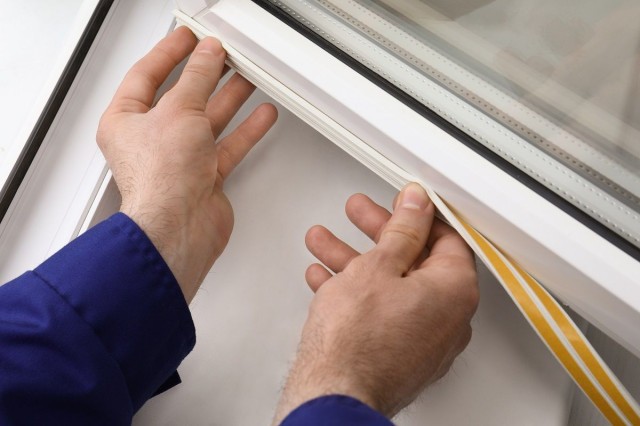
“Some utility companies offer what’s called a direct install where they will install improvements at no cost to the homeowner,” says Steve. “This might include things like weather stripping around windows and doors, possibly installing a smart thermostat.”
The Inflation Reduction Act and the Bipartisan Infrastructure Law both included rebates and other types of incentives. Additional tax credits for energy-efficient home improvements will be available in early 2023.
“There was an existing tax credit that had a lifetime limit of $500 for home energy efficiency improvements,” explains Steve. “That’s now becoming a $1,200 annual tax credit with $150 allotted for home energy audits.”
Some homeowners can receive a 30% tax credit on eligible home improvements, including exterior doors that meet ENERGY STAR requirements; exterior windows and skylights that meet ENERGY STAR’s most efficient certification requirements; and other qualified energy equipment, such as central air conditioners, electrical panels, certain water heaters and furnaces.
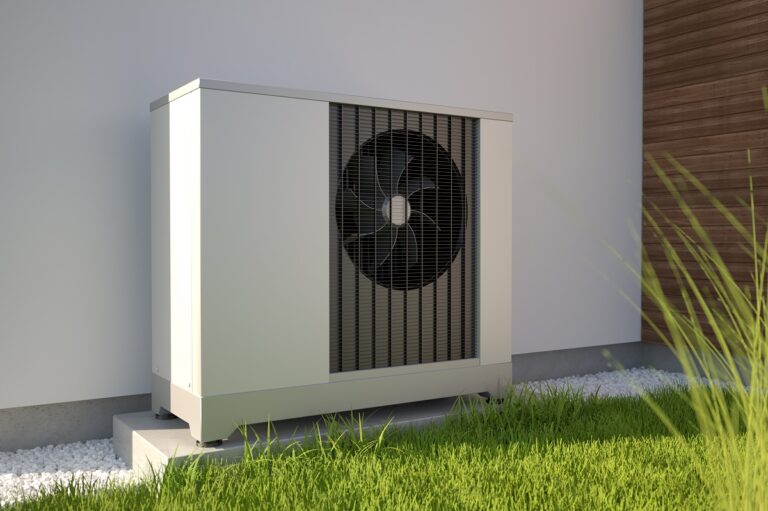
Homeowners who install heat pumps, heat pump water heaters, biomass stoves and/or boilers, can receive up to $2,000 in tax credits, which are separate from the $1,200 annual credit.
To take advantage of rebates and tax credits, homeowners can:
- Reach out to their utility companies (which may also offer financing for large home energy projects).
- Check out to the ENERGY STAR website, where homeowners can enter their zip code to find rebates available in their local area.
- Explore the DSIRE website for information about financing and incentive programs for energy efficiency and renewable energy, including financing programs available by state.
- Speak with their home energy assessor, who can also provide rebate options and information.
Top tips to jump-start your energy-efficiency efforts at home
EERE stresses the importance of a professional home energy audit, but there are some things homeowners can do to increase the energy efficiency and safety of the home. Scott shared with us quick ways to jump-start your energy-saving efforts!
Start with lighting
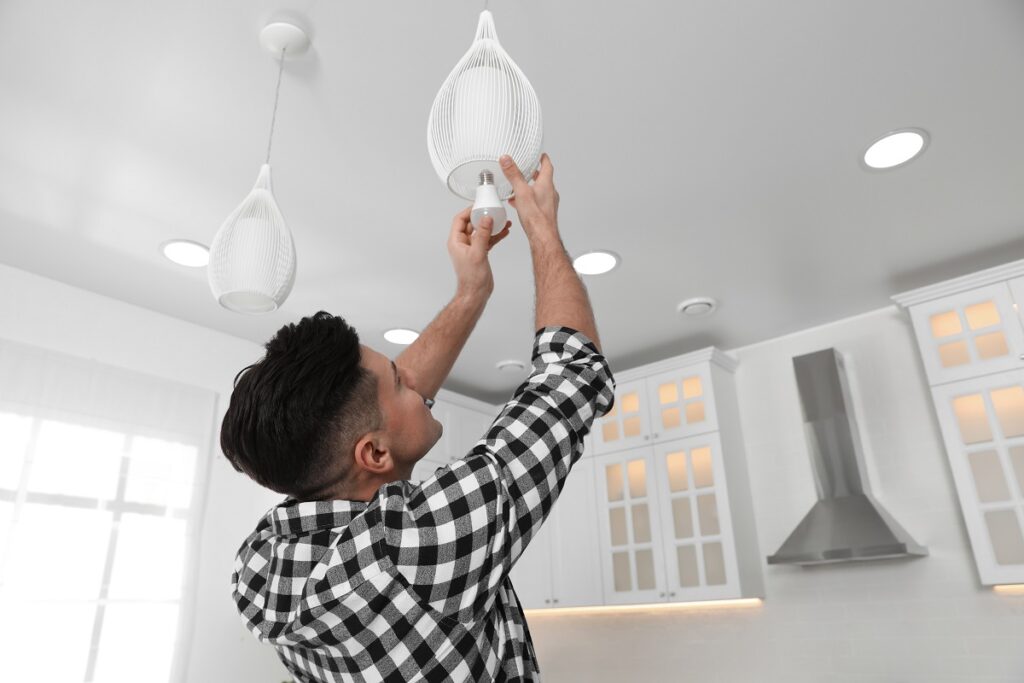
“The first and a very easy thing to do is look at your lighting,” says Scott. “Lighting accounts for about 10% of the average home’s electric bills.”
Homeowners should make sure to use ENERGY STAR Certified LED bulbs, which use up to 90% less energy and last up to 25 times longer than traditional incandescent bulbs. Also, select ENERGY STAR Certified light fixtures, especially for outdoor fixtures with features such as automatic daylight shut-off and motion sensors. Also, make sure the home’s lighting is up to the modern electrical code and local standards.
Check insulation levels
If you have easy access to your attic, see if you have adequate levels of insulation and if the home is well insulated and sealed. (If you’re not sure about your home’s specific type or insulation levels, check out Energy Saver’s page on insulation!)
You should also check for air leaks around the usual suspects – windows, doors, and your roof.
“There’s some low-tech ways to definitely check for air leaks,” says Scott. “This can even help reduce your energy bill by 10 to even 20%.”
EERE recommends completing simple tests using a dollar bill, an incense stick, and a flashlight – not all at the same time, of course. Learn the three simple tests to detecting drafts on the Energy Saver website!
Monitor plug loads

Plugged-in items use 30 to 40% of the total energy consumption in the home. Even when they’re not in use, they still consume energy.
“Using power strips or other smart home devices can have a big impact on the energy bill,” says Steve.
Smart home devices and smart strips can help to resolve these standby modes,” and if homeowners forget to turn off a device, they can do so from an app on their phone.
Homeowners may also want to invest in whole home energy monitoring systems.
“The whole home energy monitors are designed to connect to the electrical panel and can help identify appliances that may be operating inefficiently or help to find where the most intensive energy uses are occurring,” says Steve.
Complete proper appliance maintenance
Check your appliances and make sure they’re running well. Also, complete home maintenance tasks, such as cleaning your refrigerator coils, cleaning your oven, vacuuming your dryer exhaust vent, and changing your HVAC filters regularly. (The vipHome.app can remind you to do these energy- and money-saving tasks!)
This also includes completing your annual or bi-annual heating and cooling system maintenance as well as hot water heater maintenance.
“Both extend the life of the equipment and ensure its operating efficiently,” says Scott.
As we know here at vipHomeLink, the importance of home maintenance cannot be understated.
“Doing regular maintenance is always important as it makes sure that the house is working well,” says Steve. “This is really about home performance, and before it can perform well, it needs to be maintained.”
Join the neighborhood!
Homeownership can be hard, but it doesn’t have to be. The vipHome.app can help. In less than four minutes, enjoy a new way to manage your home. Simply download the app, register your home, and enjoy a simplified homeownership experience.
Get it today!



